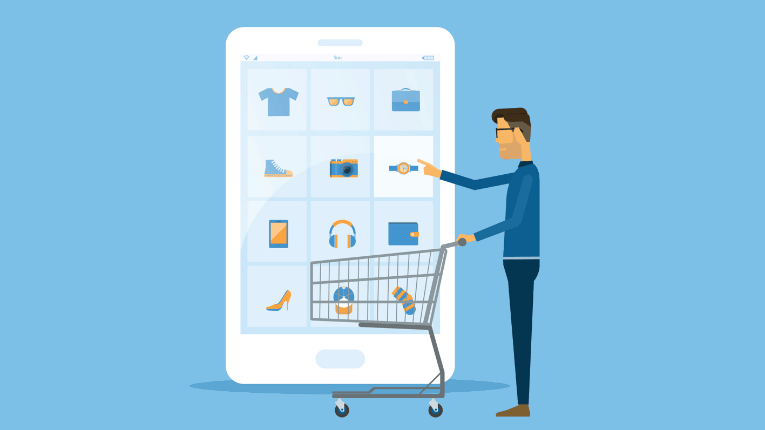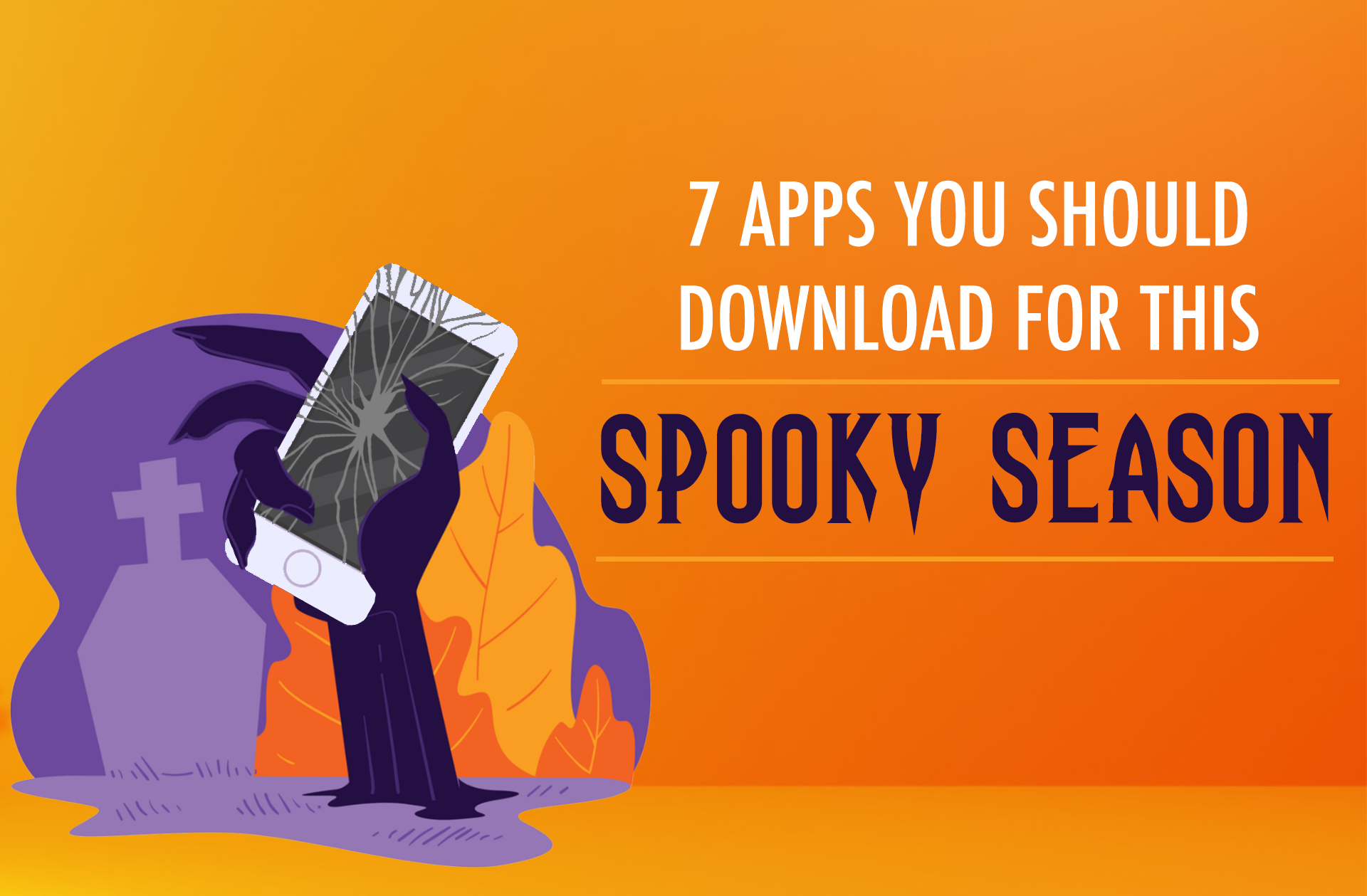By now, you would have heard about COVID-19. For the first time in history, the world has seen a pandemic that has affected literally every corner of the globe. The sad reality is that it is spreading quickly, and it will continue to spread for a while. We see an average of 13,000 new cases daily, with this number overgrowing.
No one really knows how many people will be infected, but we surely know that it will have impending effects on the whole world and its economy. We have already seen the stock market crash, which inevitably means that business will be affected.
As a marketer, the first question that comes into mind is: How will COVID-19 affect marketing and, more specifically, digital marketing?
Everyone is Online
With the virus out in the streets, most people are spending time at home, either self-isolating or working from home. This has caused an effect on the amount of time spent online. It is only natural that we will be on the internet, almost 24/7. As the New York Times puts it, “the Coronavirus crisis is showing us how to live online.”
We’re predicting that there will be a massive increase in digital ad spend over the next few months as consumers will naturally be spending more time online, especially choosing to shop online versus leaving the house. These predictions are supported by research from Dentsu Aegis Network, who found that of 155 clients and client leaders surveyed, 14% said they were moving budget online from offline media.
Additionally, as people travel less and work from home more, we also expect to see mobile and social opportunities increase. Research by Global Web Index found that we are seeing a vast increase in people checking social media across all age demographics; 27% among Gen Z, 30% among Millennials, 29% among Gen X, and 15% among Boomers.
Not only do we see an increase in usage of social media platforms, but also applications on mobile phones. Various verticals such as gaming, health, and fitness, news, finance, streaming, and utility apps are predicted to flourish in these following months.
Let us look at some of the trends:
Streaming Apps Are The New Uprising

Source: Medium
Data from expert analyst Michael Olson of Piper Sandler, as reported by NASDAQ, predicts that Netflix’s year-on-year subscription growth for the US and Canadian markets is now expected to reach more than double previous predictions of 1.6%.
Indeed, Olson expects this figure to reach closer to 3.8% as the public is encouraged to stay mostly indoors during the outbreak and therefore resort to popular streaming platforms. The research also suggests that the growth of international subscriptions will rise to 30.9% year-on-year compared to previous estimations of 29.9%.
Streaming services are potentially one of the very few sectors that are set to withstand or even benefit from the coronavirus as it continues to spread. This can also be seen as a significant amount of streaming apps are now top-grossing in the Google Play Store and the Appstore, with Netflix and Viu in the top 10.
E-commerce is Becoming The New Mall

Source: NPN
While footfall in physical retail stores is understandably decreasing due to social distancing measures, this is an exciting time for eCommerce. According to Ipsos MORI, 50% of Chinese and 31% of Italian consumers say they’re shopping online ‘more frequently’ to purchase products they’d usually buy in-store. Other countries such as Vietnam, India, and Russia have also seen their populations turning to eCommerce more often to shop – with an increase of use measured at 57%, 55%, and 27%, respectively.
Apart from these countries, the US market has also seen a tremendous spike, according to Apptopia. Apps such as Instacart experienced a 218% increase in download activity in February. Walmart’s app, called Walmart Grocery, also saw a 160% growth in app downloads over the same period. Meanwhile, US retail giant Target experienced similar month-on-month growth in its mobile app downloads Shipt (124%) and Target (98%) as shoppers order essentials to their homes.
The introduction of contact-free delivery options by big brands definitely has a role to play when it comes to new app demand. This trend appears to show no signs of slowing, and it would be unsurprising to see new download and usage records being set in the future as the situation worsens in the region.
Gaming Apps are Levelling Up

Source: Mobile App Daily
It seems that some of the global population have turned to online gaming as an attempt to relieve boredom (and to socialize) while stuck inside. This could be good news for the gaming industry in a time when other market sectors are struggling as the general public make significant changes to their lifestyles to help slow its spread.
Sensor Tower, an analytics company, showed that downloads of mobile games grew significantly in February, up by almost 40% y-o-y. Globally, more than 4 billion mobile games were downloaded, a 39.1% spike. In China alone, the number of gaming apps downloaded from the App Store surged by 62.2%. Besides, South Korea saw a 10.9% surge in mobile game downloads.
Mobile games such as Pokemon Go are reinventing their games during these trying times to further support the safety of their players. Just yesterday, Pokemon Go released new features in their game that allows the players to reduce movement while still earning just the same amount of points.
Health Apps Are Picking Humanity Up

Source: iotforall
The spread of this pandemic has caused all humans all over the world to reevaluate their efforts to stay healthy. Moreover, with major fitness chains temporarily closing their doors as people grapple with new social distancing measures to curb the ongoing coronavirus outbreak, a growing number of people are turning to at-home fitness apps to stay in shape. Recently with stay at home orders taking their course, it is only natural that we will see an increase in the usage of e-health services. Daily Burn, a service that offers virtual workout classes in areas like high training intensity workouts, barre, and cardio and strength, has seen a 268% y-o-y increase in membership signups.
In the past month even mental health apps—ranging from meditation and wellness helpers like Headspace and Sanvello to teletherapy platforms like Talkspace—have also seen spikes in use.
Forex and Crypto Trading Apps Are Booming

Source: Startupnation
With the stock market crashing, oil prices plummeting and currencies taking hits due to the coronavirus outbreak, investors are scurrying to salvage their money. On the 13th of March, the price of bitcoin had fallen to its lowest level in nearly a year, losing more than half of its value amid a major cryptocurrency sell-off sparked by the spread of coronavirus. Other major cryptocurrencies experienced similar losses, including ethereum, XRP and bitcoin cash.
Amidst all this havoc, forex and crypto trading apps are seeing a surge in usage. Previously seen as a possible safe haven in difficult times, investors now seem to be selling out to take back liquidity in case the coronavirus spreads even further. In a time of uncertainty, many investors might feel it is better to own cash or gold rather than more speculative cryptocurrencies like bitcoin. This is also why gold buying apps, which allow customers to buy and use the precious metal for everyday spending, are seeing record volumes of a 718% spike as customers flock to the safe haven currency amid violent market swings on fears of a global economic recession.
Travel Industry is Crashing

Source: Meta trip
As the coronavirus outbreak continues to hit stock markets hard, the travel industry is suffering its worst crisis in more than 18 years. Businesses have advised employees to avoid non-essential travel, conferences are canceled, and would-be vacationers are avoiding foreign and domestic travel. The crises continued to worsen on Monday as the oil price war and the widening of coronavirus infections bit deeply into investor confidence.
The International Air Transport Association (Iata) trade body calculates that revenue worldwide this year could decline by between $63 billion and $113 billion, or as much as 20%. For comparison, after 9/11, airline revenues only fell by 7%, or $23 billion. The hotel industry also continues to decline with the first two months of this year, seeing an 18.5% drop. The World Travel and Tourism Council (WTTC) says that the travel industry will decline by up to 25% in 2020. With the recent news about strict travel restrictions such as border lockdowns and rejecting visas, the decline may worsen.
These effects have also resulted in big media publishers such as Facebook And Google to suffer losses in the area of ad revenue as these travel brands are cutting their ad spend. According to Search Engine Land, Google will see a 15% y-o-y drop-in in ad revenue in Q1 and even a further 20% by the end of Q2 depending on the duration and scale of the outbreak in critical markets around the world.
Digital Marketing Revisited

Source: eCommerce Insiders
Clearly, COVID-19 has affected us all in various ways. As individuals, our lifestyle has been confined to our homes or at least limited from prolonged outdoor activities. As businesses, depending on where you lay in this situation, you have two options: 1. embrace being a victim and fall back on spending and brace for little to no results or 2. take your business by the horns and maximize this opportunity to get ahead.
Now, you may be thinking, “Yes, of course, I would rather see results than not, but how do I do that? How do I market my business through the Coronavirus?”
If you sell toilet paper or hand sanitizer, you probably don’t need to read any further. Otherwise, a valid question!
Here are a few tips to get ahead of the virus:
1. Understand Your Users
As mentioned above, our lifestyles in 2020 have changed drastically. We’re all dealing with the impact the coronavirus outbreak has had on our lives, whether you’ve tested positive or not. We’re all taking precautions. It is crucial to cater to this change so that you stay ahead of the competition and rise as the winner. Most people are staying at home, becoming more health-conscious, having more time in their hands to spend on entertainment, news, and lifestyle. As brands are either being sidetracked or hoarded on, it becomes essential to relate to your user. Thus, understand what your users need at this point in time and cater to those needs.
2. Go Mobile-First
With more and more people spending time on their mobiles during self-isolation, it only makes sense to be present on the screen that is viewed the most at the moment. This means that websites need to be revamped to fit the mobile specifications, keep things simple so that it is easy to focus, and, most importantly, get on the app bandwagon. A dedicated app or even just marketing in an app increases visibility for a brand.
3. Connect with Relevant Content
Consumers need support from the brands they love, and the content provided is the most basic way to deliver that. People are turning to their most trusted brands to lead the way and deliver content that shows valid consideration for the consumer. Content centered around mental health and keeping healthy will naturally be of interest to consumers at this time. Equally as important is content that keeps us busy, optimistic, and excited about the world as we collectively navigate through this difficult time. The key is to be relevant. Get on top of trends and use them to your advantage.
4. Bridge The Gap with Social Media and Search
With more people on their phones, looking for engaging content to keep them busy as they try to tackle the emotional burden of self-isolation, social media and search will become a daily routine that people need to keep them grounded, give them a sense of community and regular updates on the global crises. This is the perfect time to revisit your social media and search strategy and see where and how you can access and engage your users in a more efficient manner. Do keep in mind that conversions may be complicated at this time, but the virus will fade. By the time it fades, guess how users will remember? Yes, the brands that engaged, connected, and supported their users. Thus, put your brand in front of where your target audience is already scrolling.
With these simple tips, we hope that you can push through your way amidst this pandemic outbreak. Now is not the time to stop marketing efforts, it’s the time for you to be even more strategic in implementing them. Stay safe and healthy folks for this virus shall pass. In the meantime, we’re hoping that this information will help marketers to make wiser decisions with their strategies.
If you wish to receive these articles directly to your inbox, subscribe to Minimob’s very own #mininewsletter!





